The Great Australian Fly – Tosca Looby (2014)
As Aussie as meat pies and footy, the humble fly is Australia’s most annoying yet enduring icon. Ever-present at BBQs, it has even spawned the renowned ‘Aussie salute’. Our battle to zap them has created an entire pesticide industry and kept scientists busy for decades. The fly has influenced everything from fashion to farming and food, and as legend has it, even the Aussie accent. But a closer look reveals the wretched Australian fly is more than just a pest […]

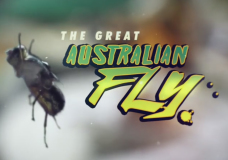



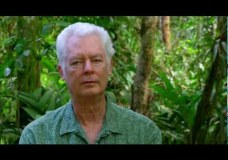
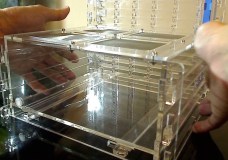
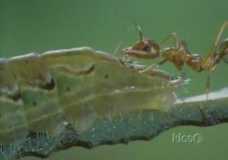


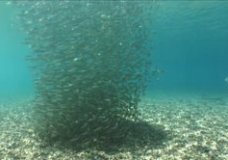
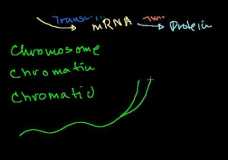
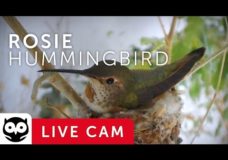
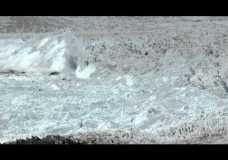
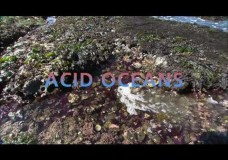


Recent Comments